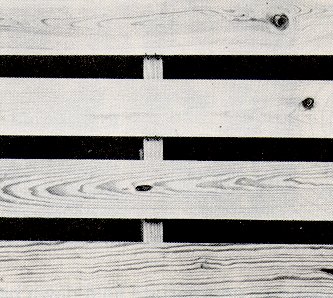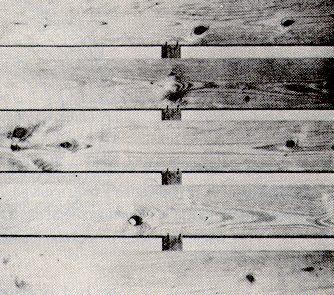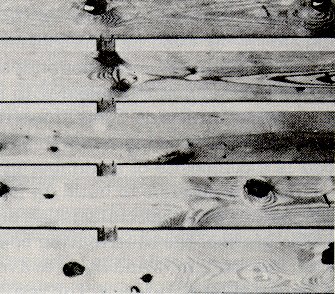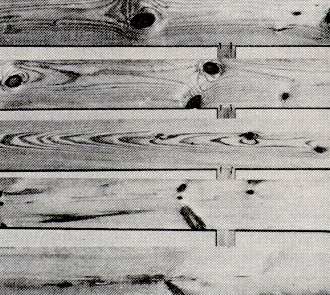Grades of Hardwoods
Grading designation here depends on the number of defects in a given length and width of hardwood boards. As with softwoods, a lower grade can be perfectly acceptable, depending on placement and usage. Hardwoods are graded by the National Hardwood Lumber Association. Here's a chart to help explain the grading system. Grades are listed from highest to lowest.
Board Size
On One Face
There are grades below #2 Common, but they're typically not suitable for woodworking
Grades of Softwoods
Softwoods are divided into dimensional lumber, with a grade based on strength, and appearance boards, which are typically used for woodworking projects. Grading of softwoods is overseen by a number of different agencies, so you will be more likely to find some variations in terminology. Grades listed here are from highest to lowest.
Grade What It Means C Select Almost completely clear of defects. Widely used for interior trim and cabinets. D Select Fine appearance, similar to C Select. May have dime-sized knots. 1 Common Best material for high quality pine with a knotty look. Knots will be tight, meaning they won't fall out, and generally small. 2 Common Tight knots, but larger than found in 1 Common. Often used for paneling and shelving. Very suitable for general woodworking projects.
Grade 1 Pine Grade 2 Pine Grade 3 Pine Grade 4 Pine



